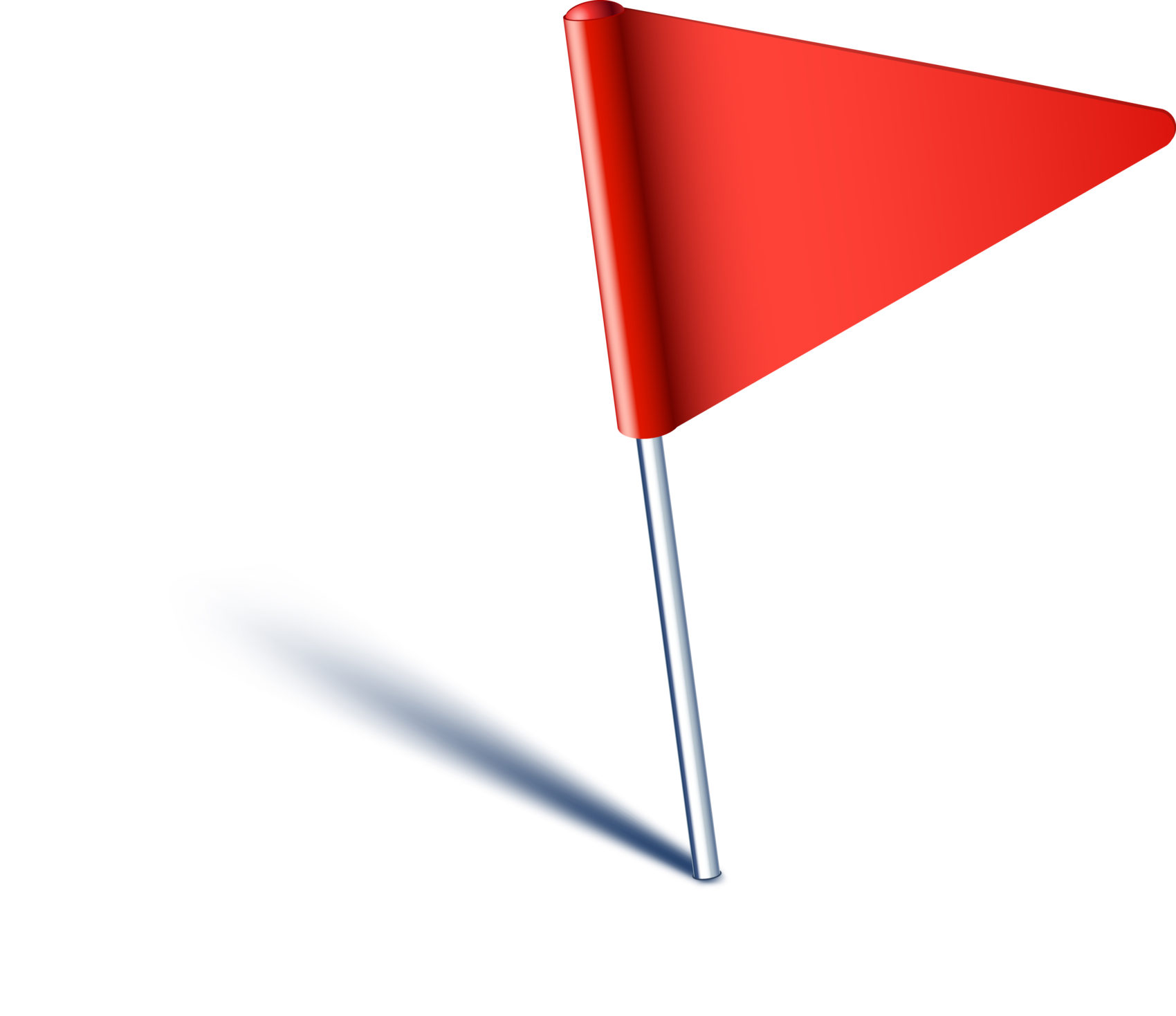
Can I be candid with you? I don’t read all of every email I receive. I’m not even talking about forwards of cute stories that get mass emailed. I almost never read those. I’m talking about informational emails. The emails which have information in them I probably need. I don’t often absorb all of it.
(If you’re one of those too, you may want to just scan and read the bold print of this post.)
I know it sounds awful. Hopefully, someone in the comments will let me off the hook of seeming cruel or weird if they admit they are the same way. But, here’s the fact. I’m not detail-oriented. At all. If you send me a “book email” – one which appears exceptionally long and full of details – you often lose me before I really get started. (Again, just being honest.)
As pastor, I often received hundreds of emails everyday. Many times I am one of many recipients. I know it’s probably vital information. You wouldn’t send it to me unless you wanted me to read it, right? But, if I want to be effective at all, I simply can’t digest everything in an extremely long, detailed email. Sometimes, I have to email back and ask for a summary.
So, what can we do about it?
I could tell you I’ll change. I’ll bite the bullet and read all longer than necessary emails, but the truth is I probably won’t. History proves otherwise. Plus, there are only so many hours in every day. Show me more than a few paragraphs and I’m probably out of here. Again, time simply won’t allow it.
Frankly, sometimes when the email gets too long it’s time to have a meeting. But when email is the only practical means, ultimately, we have to write better emails.
Let me give you a few suggestions.
And I should tell you, I’ve given these to staff members who write really long – packed with detail – emails.
Here are 5 suggestions for better emails:
Personalize the email
This has to be said first. Mass emails get read less by me. If I see there are many people on the list of recipients, I figure I’m not that necessary as a reader. Someone else will respond. (I know, to some this seems arrogant of me, but at least I’m truthful. And I suspect I’m not alone here either.)
An email written just to me is far more likely to grab my attention. Thankfully there are programs now which do a mail merge type function for you.
Make the main point early
What is the point of the email? What do you want to communicate if I get nothing else? Say that immediately. If it’s multiple pieces of information, say that up front too.
It might be helpful to bold or underline the main ideas, (but don’t use weird colors or oversized font.) Highlight the most pertinent facts you want to convey, dates or locations, especially if the email is very long.
Here’s the bottom line, if you don’t capture my attention soon in a longer email, I’m probably less likely to absorb the key points you want to make sure I get. I realize that’s my fault, not yours, but if you want the information absorbed – you’d want to know your audience, right?
Highlight or bullet-point main ideas
People can often read lists easier than paragraphs when dissecting detailed information. The points you want to make will seem more streamlined and easier to follow if you number them, use bullet points or highlight them in some way.
I’m convinced some will only read the 5 points I have in bold type. I hear frequently people like how I do this with blog posts like this one. Some wired like me may only read the points in bold. I already know this, so I try to write accordingly. If that’s you, you’re not reading this right now – are you?
Another suggestion here is to offer the main points to consider, such as an upcoming meeting date and time, and then provide a clickable link to access additional information for those who want or need more details.
Consider an opening summary statement.
On especially longer emails, or emails with lots of details, consider opening with the main highlights for quick and busy readers, listing only the points you’ll expand upon later.
You could write something such as, “In this email, I hope to address several issues. I want to talk about…”. Then list the things which will later be expanded upon in the email.
Readers can scan down if they want or need more details, but this way your main ideas get attention and hopefully you capture the reader’s interest enough so they read what you have to say before they disappear.
Proofread
Before hitting the send button, read over it as if you were reading it aloud for the first time. Does it sound like you? Is it complete in thought? Are there obvious grammatical or spelling errors? Are there any lines or words you could cut and the point still be made? (If so, cut them.) You’ll lose some readers if it is not a tightly written email.
There might be more I could add, but this post is getting kind of long. And I’ve already lost some of you. The main point is if you want to make sure the email you took time to write is read consider the reader and how it will be read – or not.
Here’s to writing better emails.
What suggestions do you have?







From my days in the corporate world I had to learn quickly how to prioritize email. Here are a few “rules” I adopted after a lot of trial and error:
1. Any email with a blank subject line was ignored(depending on the sender).
2. Email that contained more than two paragraphs was marked as “unread” so I would know to go back to it when I had time to do so.
3. Emails that contained multiple addresses were considered low priority unless the sender was HR or someone above me.
4. Email that was marked “urgent” (senders designation) was read upon receipt.
5. Depending on the sender, email that contained more than three paragraphs would necessitate a phone call from me. I did not have time to read lengthy emails, consider a thoughtful response, then type the response.
I found that it also helped to let others know my email preferences, especially new hires. I also found that very few people consider the fact that their email is just one of dozens or sometimes many more. Once I explained that, a lot of times people would text me asking for a quick phone conversation instead of sending an email that I might not get to for a couple of days.
Love this!
Excellent suggestions! I plan to share this with my staff. A couple of thoughts. It also helps if you say, “this is a 3 minute read” or whatever is a reasonable time. That encourages me give it a go.
Finally, a little tongue in cheek, don’t waste time apologizing. You almost lost me in this one because of repeating what a bad person you are when we all do the same thing. But you had captured my attention so I just skipped the rest of the intro and went straight to the bold section titles.
Again, great email. I appreciate your consistently valuable input.
I love that. I’ve seen the time required thing on blog posts, but not emails. Good idea. And thanks for the suggestion!